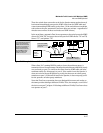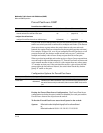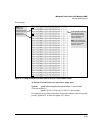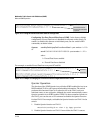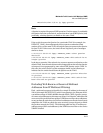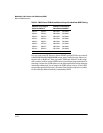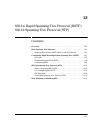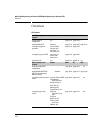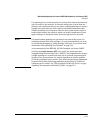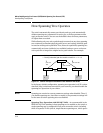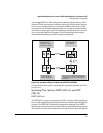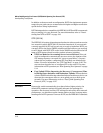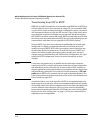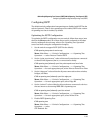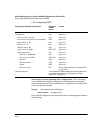
802.1w Rapid Spanning Tree Protocol (RSTP) 802.1d Spanning Tree Protocol (STP)
Overview
Use spanning tree to ensure that only one active path at a time exists between
any two nodes on the network. In networks where there is more than one
physical, active path between any two nodes, enabling spanning tree ensures
a single active path between such nodes by blocking all redundant paths.
Without spanning tree, having more than one active path between a pair of
nodes causes loops in the network, which can result in duplication of mes-
sages, leading to a “broadcast storm” that can bring down the network.
Not e You should enable spanning tree operation in any switch that is part of a
redundant physical link (loop topology). (It is recommended that you do so
on all switches belonging to a loop topology.) This topic is covered in more
detail under
“How Spanning Tree Operates” on page 13-4.
As recommended in the IEEE 802.1Q VLAN standard, the Series 5300XL
switches use single-instance STP. (As a result, the switch generates
untagged Bridge Protocol Data Units—BPDUs.) This implementation creates
a single spanning tree to make sure there are no network loops associated
with any of the connections to the switch, regardless of whether multiple
VLANs are configured on the switch. Thus, these switches do not distinguish
between VLANs when identifying redundant physical links. If VLANs are
configured on the switch, see “STP Operation with 802.1Q VLANs” on page
“Spanning Tree Operation with 802.1Q VLANs” on page 13-4.
13-3



